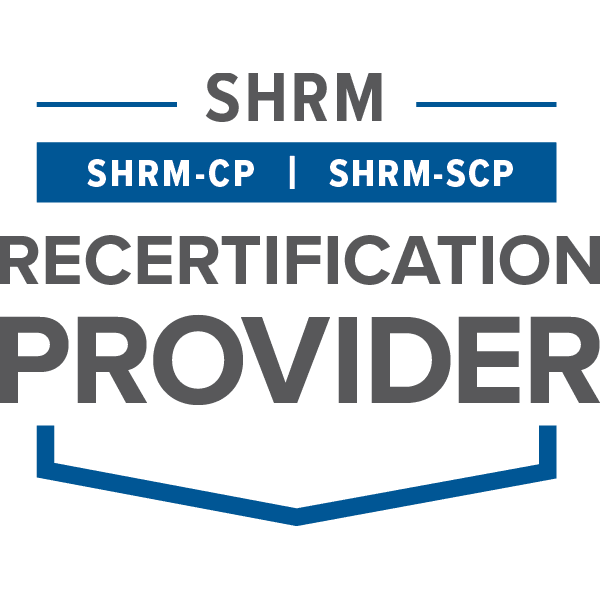
By Dr. Beverly Edgehill
To fully appreciate the need for a holistic focus within workplace diversity and inclusion (D&I) efforts, one must consider that an organization is representative of a network of connected parts. These connected parts make up the organization’s system. Organizations are comprised of inner parts, such as its strategy/mission, culture, people, work processes, product/service, and reporting relationships and governance practices. Outer parts include its responses to external “stimuli”—customer interests and needs, competition, socioeconomic concerns, and technological advancements. When the parts of an organization are aligned and working in sync, the outcome is success—profitability, employee and customer satisfaction, and positive shareholder returns. When parts are out of sync, the inverse is true.
When this idea of an organization as a collection of parts is applied to diversity and inclusion efforts, the frame of reference is holistic. While the parts of an organization are viewed as distinct “levers” that may need adjusting, holistic D&I practices acknowledge that a change in one area impacts other areas. Experienced D&I practitioners know that they have to keep the entire [organizational] system in mind as they execute their strategy. They know that to truly advance the D&I agenda, alignment across the relevant organizational parts must be achieved.
The key to executing a holistic approach is to design D&I strategies in which complementary levers are acted on simultaneously. Complementary levers are those that “relate to” each other and need to be in alignment, in order to achieve the desired result. Examples of such levers include culture and people, work process and product, reporting relationships and governance. Any combination of levers may exist—the objective is to choose the ones that are out of alignment with the desired outcome and design the D&I strategy accordingly.
Research¹ shows that organizations are at different levels when it comes to diversity and inclusion efforts. Some are more compliance-driven, while others are leader-lead. The organizational context determines the level. Regardless of the level, however, all organizations can assume a holistic approach to their efforts.
For example, an organization at the compliance level can assume a holistic approach in how it drives for compliance. Let’s say the organization is ramping up efforts to ensure compliance with the Equal Pay Act². They will likely conduct a review of current compensation practices, and they may look at the ranking of minorities and women. However, if they don’t look deeply into the decision making and cultural practices of selection, hiring, and promotion, there will be a lack of alignment between the actions taken to ensure compliance with the law and organizational practices that [could] likely undermine that intention. In this case, the organizational levers they might choose to focus on would be governance, people, and culture.
A similar approach can be applied to an organization at any maturity level. The key is to begin by asking: what do we need to do to ensure complementary organizational levers are aligned with each other and with the desired end result? Engaging key stakeholders to answer this question will ensure that the organization’s D&I strategy is holistic in nature and will lead to a successful outcome.
- High-impact diversity and inclusion: The Maturity Model: Bersin by Deloitte/ Stacia Sherman Garr and Candace Atamanik, 2017
- U.S. Equal Employment Opportunity Commission


